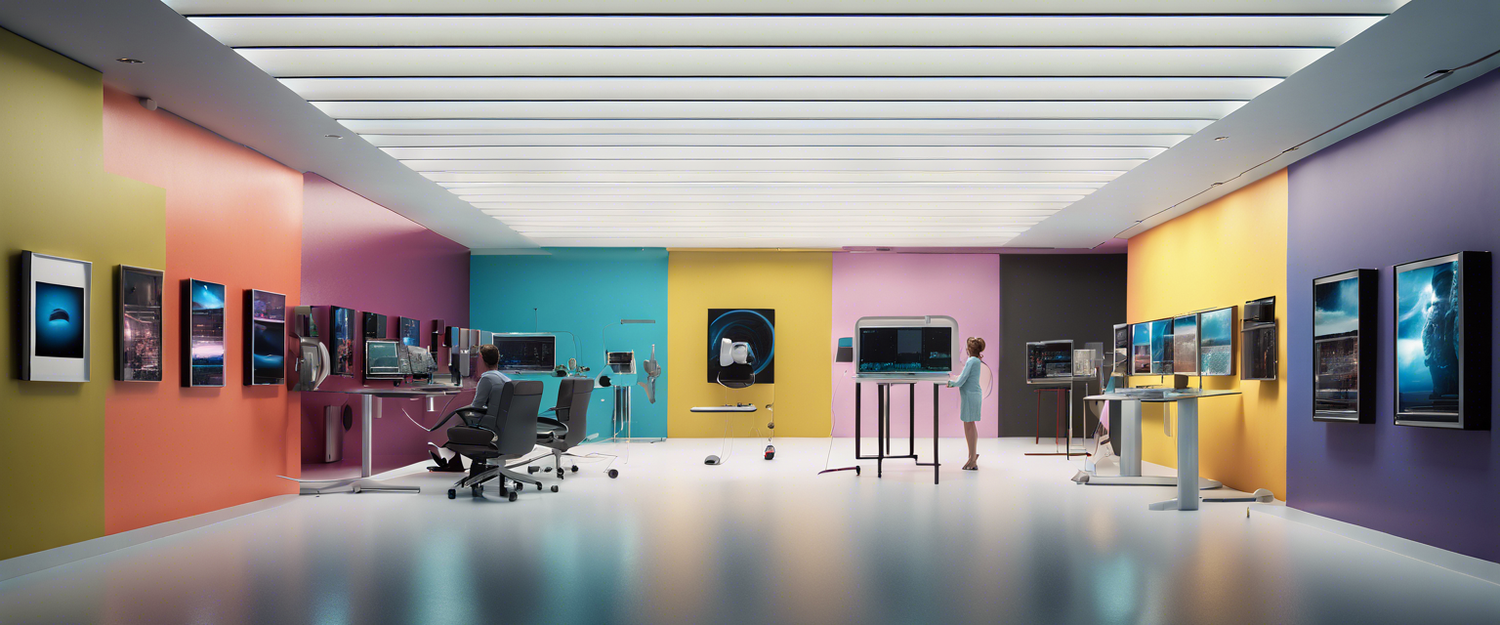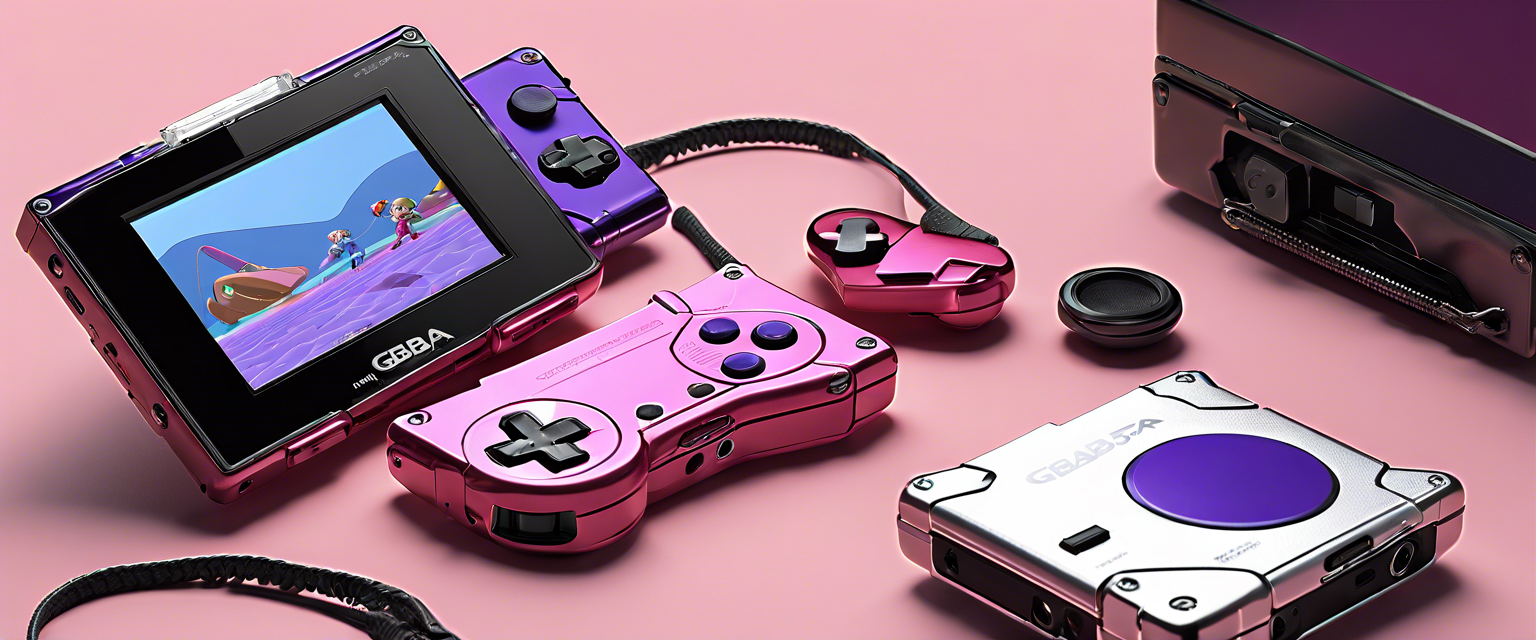Meta's Vision for Hardware Development: Insights from the Top Executives
In a recent meeting with Meta’s leading executives, I was eager to delve deeper than just the specifics of the company’s first AR glasses named Orion. With exciting developments underway, including reports of new devices emerging from Reality Labs—Meta’s hardware division—this conversation shed light on the company's innovative approach to technology.
Emerging Technologies at Meta
In the weeks leading up to the meeting, I had been bombarded with rumors of ground-breaking devices—a mix of camera earbuds, mixed reality goggles, and new iterations of AI-enabled wearables. This burgeoning portfolio sparked questions about the future of hardware under the Meta banner.
Behind the Curtain: Reality Labs’ Development Process
During the interview with Meta’s CTO, Andrew "Boz" Bosworth, just before the much-anticipated Connect conference, we dove into the company’s distinctive approach to hardware development. Bosworth revealed, "If there’s a concept that you could imagine, we either have had or do have somebody building a thing around it." This statement encapsulates Meta's innovative spirit and ambition to explore uncharted territories.
The Phases of Product Development
To better understand how Reality Labs brings products to life, Bosworth detailed their multiphase development process:
- Pre-Discovery Team: This initial phase is all about ideation and creativity. The team focuses on prototyping radical concepts, aiming to push the boundaries of technology.
- Proof of Experience: Once ideas are fleshed out, the next step involves building a "proof of experience" to validate the potential of the concepts. This is a crucial step that helps in gauging the feasibility of the ideas.
- Executive Review: Here, the prototypes undergo thorough scrutiny. Only a small number of projects that show promise will move forward.
- Discovery Phase: In this phase, assigned teams undertake detailed designs and assess various factors, including industrial design and cost considerations. This is where the conceptual ideas start transforming into tangible products.
Looking Ahead: The Future of Meta’s Hardware
As Reality Labs continues to experiment with emerging technologies, the vision laid out by Bosworth points towards a future filled with innovative enhancements in AR and AI-enabled devices. Each phase of the development process is designed to ensure that only the most impactful ideas come to fruition, thus maintaining Meta's position at the forefront of technological advancement.
Conclusion
Understanding Meta's approach to hardware through the lens of its leaders reveals a strategic, multi-faceted process that continues to innovate and inspire. As we look to the future, it will be exciting to see how these developments evolve and how they shape the way we interact with technology.
Stay tuned for more updates on the latest trends and devices from Meta and Reality Labs as they reshape the world of augmented reality and beyond.



コメントを書く
全てのコメントは、掲載前にモデレートされます
このサイトはhCaptchaによって保護されており、hCaptchaプライバシーポリシーおよび利用規約が適用されます。